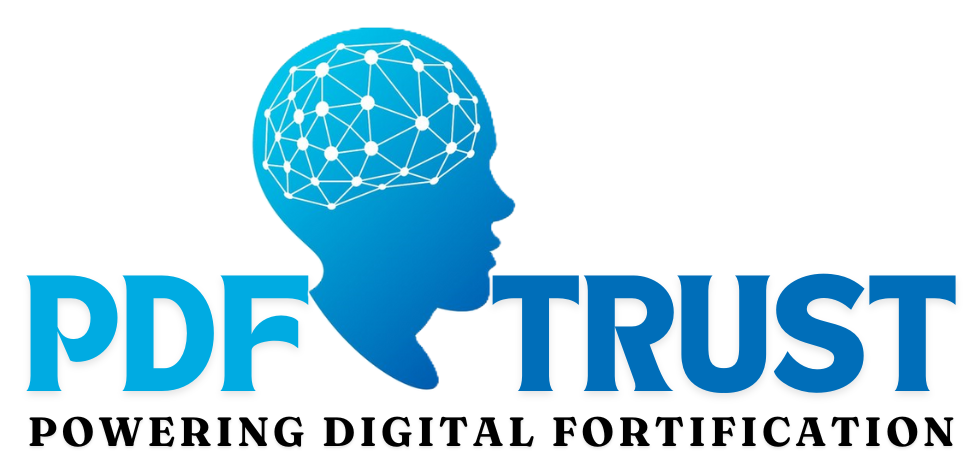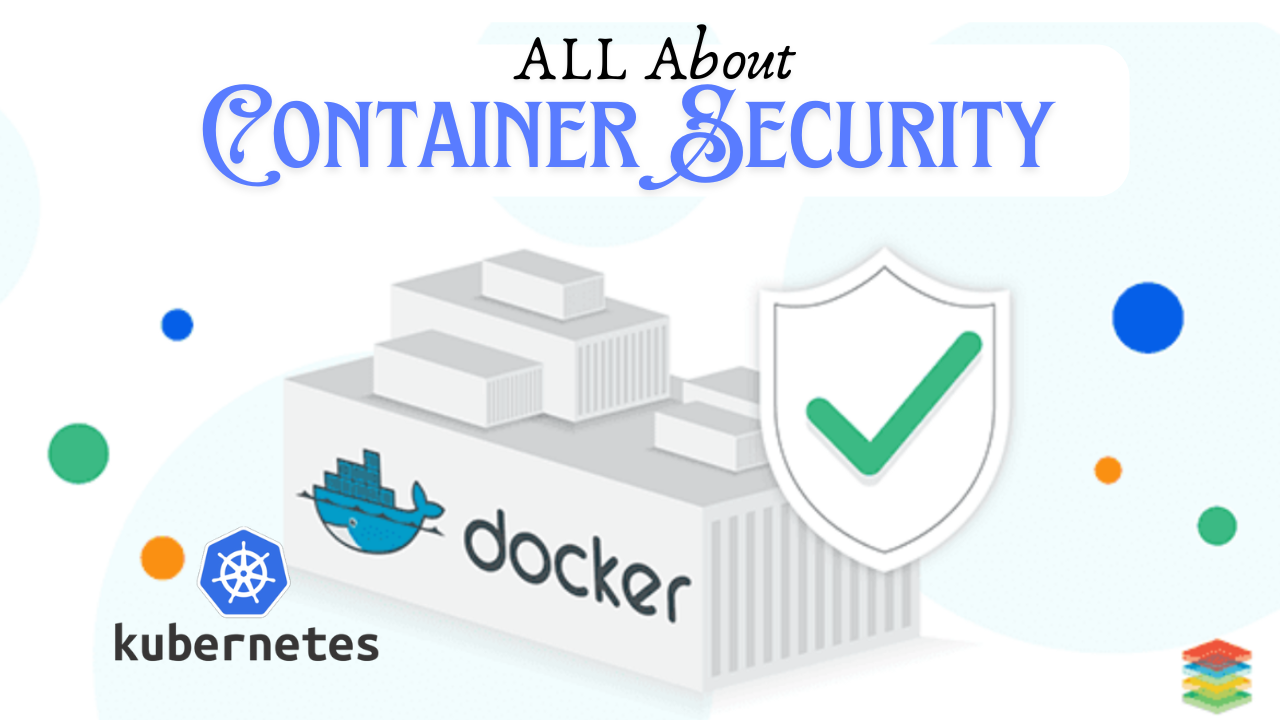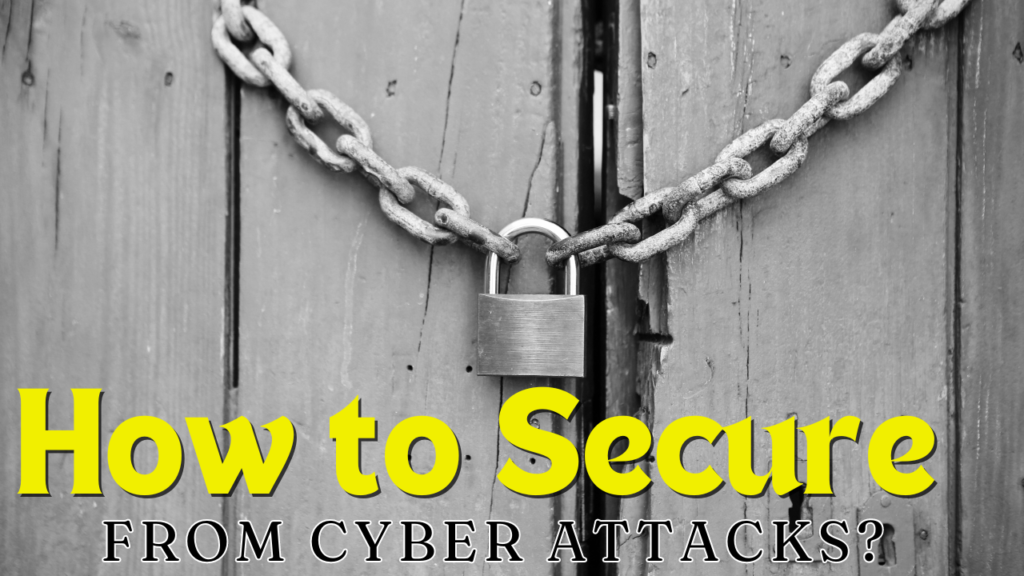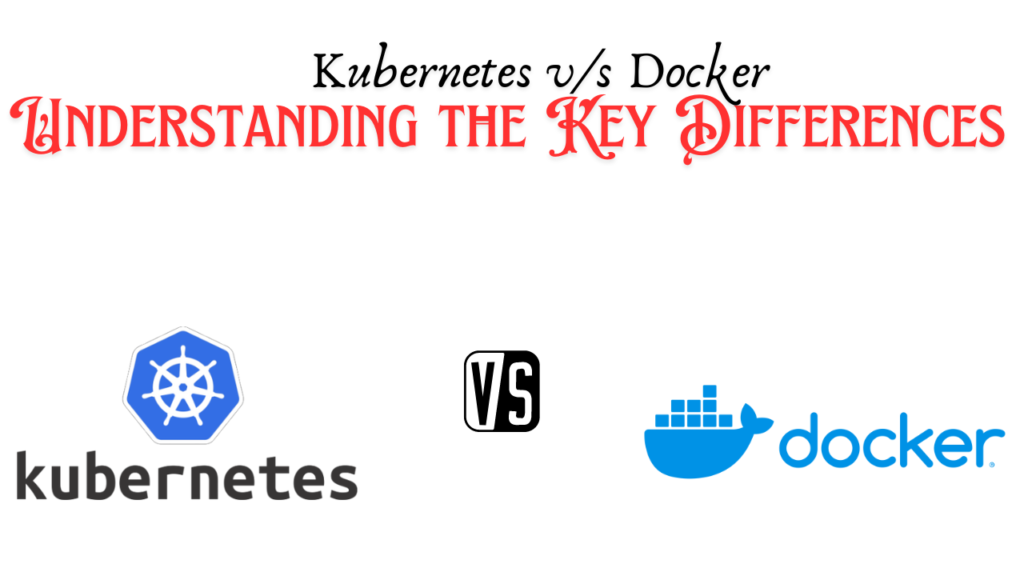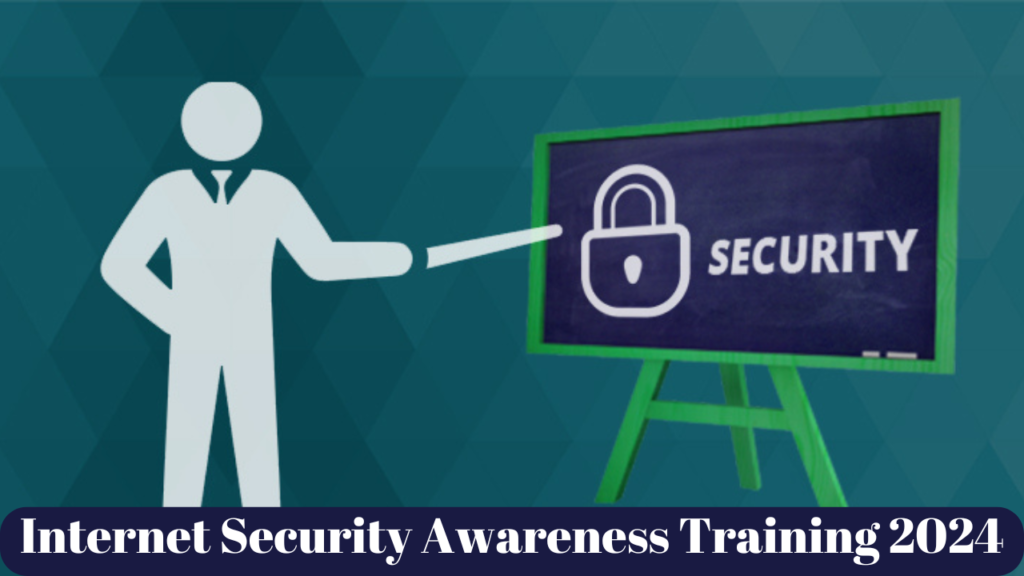What is Container Security ?
Security of containers is about the security of its contents, of the software packages contained in it – containers are kind of a package that contains all necessary for application. The use of these containers is also preferred because they are simple to transfer from one computing environment to another while maintaining functionality. However, it is critical to note that they can be a security issue if not well dealt with.
The main purpose of creating container security is to protect the content of such containers from being invaded by unauthorized individuals or organizations, changing the content without permission or even damaging the goods in some way. This involves the protection of the backend environments for example host OS and runtime or container environments and the data inside containers.
To this effect, common strategies used in the realm of accelerating container security include measures like access control, encryption, vulnerability assessment, and runtime protection. In particular, these measures allow to recognize threats that can pose a risk to the security of containers and applications, placed in them.
Importance of Container Security
Container security is still a problem, especially now that containerization has become standard for applications and services. These applications are modular, and each of them comprises several containers that contain various components of the software so that their usage and deployment become much more efficient. But they also present completely new opportunities for threat actors.
Container security is crucial as it helps to protect mission and in general, proprietary data, from unauthorized access and other types of cyber threats. Because containers are under the OS layer sharing the same OS kernel, any attacker gaining access to a container could easily infiltrate the entire OS. This makes securing of containers central to the overall security policy of an organization’s IT framework.
Furthermore, it adds consistency in managing regulatory compliance and policies that continuously become rigid in guarding data and its privacy. Lack of proper safety measures in containers can cause significant amounts of money to be stolen and claimed back, harm companies’ reputations, and lead to legal sanctions.
Container security, specifically access control, encryption, vulnerability scanning, and monitoring throughout runtime, will help organizations reduce the risks stemming from container usage. Therefore, protection of containers is crucial in the security of governance to ensure that the customer and other stakeholders are not let down by their investments when technology has gone digital.
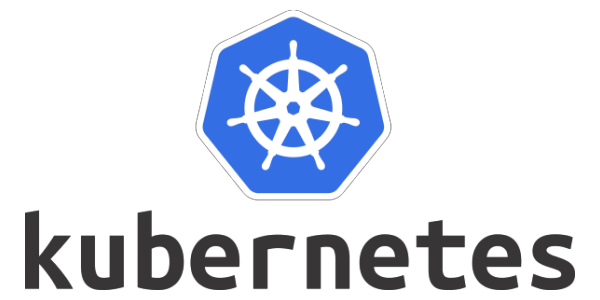
Understanding Containers
Explanation of Containers
Containers can be compared to snippets of the software that contains all dependencies necessary for an application to be properly executed. These involve the code that makes up the particular application, dependencies, libraries and configurations among other things all packaged together in the delivery. One might想 consider them as portable ‘black boxes,’ which can be seamlessly transferred between one computing category, for instance, laptops, servers, or the cloud.
The biggest advantage of containers is in their mobility Container can be shifted from one location to another with relative ease This is due to the self-assembly nature of most containers that allows for easy dismantling and reassembly in a new location. They indeed contain all that an application requires hence it is possible to create a container in one machine and use it in another machine without concern to compatibility. This helps its development, testing, and deploying to be quick and easier.
Cont recognitionally are also small than regular virtual ma hines, for the simple reason that containers run on the same kernel as the host and only contain the components needed by the application. Although it is possible to report the overheads for small application containers with high interaction rates, thanks to the small form factor and better utilization of host system, more containers can be packed into one host thus maintaining low overhead.
In all, container technologies transform how we construct, transmit and implement applications because they contain a stable and capable home for applications. They ease the development process and provide a better modular approach, flexible and efficient in managing resources, which makes them crucial layers in the current software development and execution paradigms.
Key Features and Benefits
The following are the benefits of containers in particular that are essential for completing software development and deployment in the contemporary world. Firstly, they offer compartmentalization whereby each application runs in its environment and is insulated from the other applications, offering less competition, and security. Second, they want them to be versatile units that can fit most environments, that are easy to transport and implement. This agility is fast in proposing solutions that help speed up development of applications while also enhancing scalability.
Several of these containers offer features like access control, encryption, vulnerability scanning, and monitoring during the run time which can help an organization minimize the dangers posed by leveraging containers. For this reason, an emphasis is placed on the protection of the containers in the security of governance so that there are no disappointments regarding investment made especially on behalf of the customer where technology is digital.
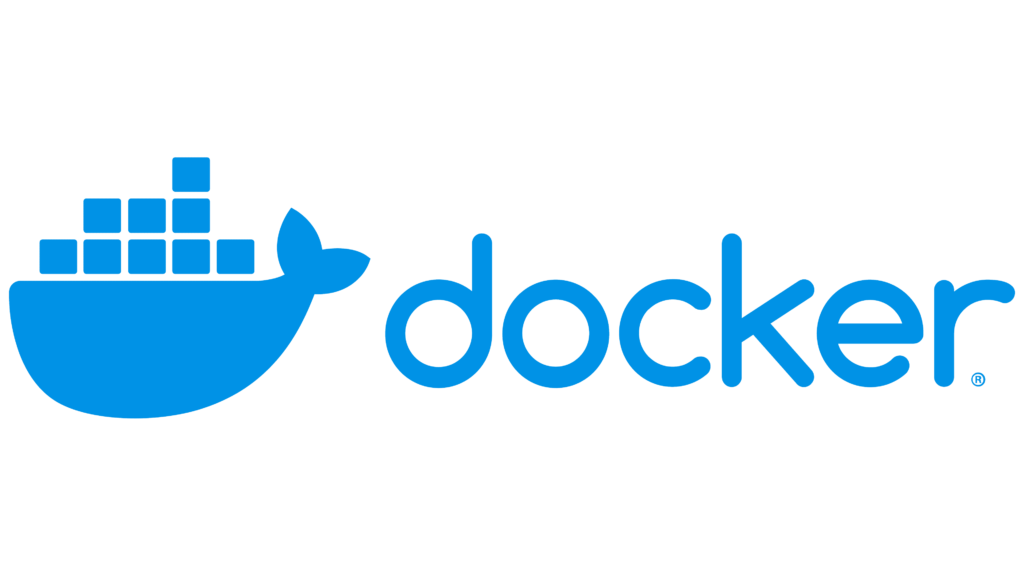
Challenges in Container Security
Container security has several considerations which make it a concern for businesses in the handling of applications and data.
Firstly, the containers, being ever evolving act like running processes and hence there is lack of consistent monitoring and tracking of the activities within the containers. In a container environment, containers are quick to be spun up or down, or scale out or in and to scale up or down, thus making it a challenging task to keep track with or monitor the behavior of the containers sufficiently.
Secondly, the overlapping of kernel in the containers are affecting container security because it may create path for lateral movement if a container is compromised. Moreover, if one or several containers are breached, the attackers are free to expand the operation on a victim’s other containers or the host OS, resulting in broad damage.
Thirdly, risks associated with container images and runtime are now being considered as highly dangerous. Said failure in effective scanning and patching will lead to seniority in deploying vulnerable and exploitable containers.
Furthermore, container orchestration, for instance, Kubernetes, is also an area that is hard to design secure at a high level. Potential misconfiguration vulnerabilities in this layer include susceptibility to root access or control of running containers.
In addition, legal demands and successful approximations achieve even great importance in the complexity of containers security.
Meeting these challenges call for the following features: effective security measures put in place, monitoring, vulnerability assessment and security audits throughout the system. Organizations can contain these risks and improve the security of their environments through this awareness and engagement with the challenges.
Vulnerabilities in Container Environments
Weaknesses in the container platforms pose usual threats to the companies, which they should prevent from affecting their online resources. These can be derived from a range of causes including but not limited to; The underlying images being exploited, improper configurations, or other relative flaws in the containers, run-time or the orchestration framework such as kubernetes.
Some of the examples include insecure container images where the images are running with the old software or still have open holes that require patching. While configuration is a way to utilize all potentials of the containers and increase cybersecurity, misuse of it will lead to the opposite effect – containers may become accessible to unauthorized users, or they may be used for privilege escalation attacks. Beneath, weaknesses in the container runtime or orchestration platforms may be somehow targeted to endanger the whole idea of containers.
One of them is based on a common in containers idea of a shared kernel, which means that data in one container can interleave with others on the same host if one of them is compromised. This flaw could be leveraged to pivot through different containers and enable malicious actions on secured systems or databases.
These threats can be countered using proper security measures such as, but not limited to vulnerability scanning, patching, certificate authentication and digital signatures when using container images. Moreover, they should have refined access rules as much as possible, carry out configuration checks frequently, and make certain they adhere to security standards. The container environments keep on experiencing new threats and threats continue to evolve so there is always a need to prepare the best defense to counter them hence protecting the containers hence protection to the deployment environment is the best.
Risks associated with Containerization
As was already mentioned, containerization has several advantages but at the same time it assures numerous disadvantages also which an organization has to consider. One of the drawbacks is the possibility of obtaining insecure container images that can be infected potentially with bugs and viruses. Also, from a security perspective, users and administrators can mess up configurations to allow secretive access or to expose containers to data breaches.
The second security risk of Linux containers is generated by their shared kernel nature, where an intruder in one container may translate to intrusion in others in the same physical host. Additionally, native solutions, especially those in the container orchestration layer such as Kubernetes contain their own problems that include misconfigurations, and privilege escalation. In order to address these risks, organizations need to follow optimal security procedures and recommendations on container security.
Principles of Container Security
Fundamentals of container security involve various important concepts that ought to be followed in order to enhance the security of containerized solutions. Proactively, there should be isolation and this means that each container has to work on its own since in case every other container is compromised the overall system will not be affected. Security measures are also important and access controls are proper where the administrator is in a position to post appropriate permissions with barriers to the risky zones and limit the probability of accessing by unauthorized personnel.
Next, container image protection is unavoidable as it cannot be overemphasized to safeguard containers. This entails periodically searching for common or well-known susceptibilities and assuring that the images are sourced from reliable zones. Configuration is also a key area because getting the configurations wrong results in security issues and flaws. Logging and Auditing is crucial, since it provides a clear indication of activities of containers enabling a quick response to security breaches.
Further, data within containers is protected by encryption from other users or individuals wishing to alter or gain access to the data. Monitoring, threat identification approaches render explicit insights into the real time status of the container and allow timely prevention of threats.
Similarly, making sure that the container follows compliance standards helps to reduce the level of security risk and vulnerabilities. Finally, with the adoption of the cultural aspect of security by the developers and operators, it would be easier to implement the security measures needed to curb the increasing threat of security breaches in containerized environments. That being the case, the following are some principles that can guide organizations in managing the risks associated with containers to maximize the security of their container use:
Isolation and Segmentation
Two key concepts that are central to the philosophy of container security are isolation and segmentation that are designed to ensure that the attacker cannot gain a foothold into the system and even if the attacker has gained a foothold he is confined in scope of damage that he can do. This prevented a disturbing incident from affecting others since containers are isolated to function independently of each other. This containment mechanism has the additional benefit of improving security since potential threats are more contained within their container.
Segmentation also enhances security by isolating the containers into diverse sections or networks depending on their roles or the nature of their applications. This enables organizations to standardize controls more rigorously concerning the accessibility of each segment and implementsecurity measures in accordance with stringent organizational policies.
Finally, organizations have to prevent container breakout attacks, and by establishing solid isolation and segmentation, the threats posed by these environments can be eliminated. These measures do not only improve security but also offer finer control of containerized applications allowing the organization to better assure the protection of data as well as be compliance with standard compliance standards.
Least Privilege Access
The exact opposite of the recommended principle of least privilege is user access, which refers to the levels of access granted to users where they are only given the rights required to perform their duties. Thus the concept of granting users the least privilege in their operations also reduce the chance of an intruder executing unauthorized tasks and in case an attack happens then the effect would be less severe.
It becomes difficult for the users to gain access to these restricted materials or perform any other elaborate functions that they are not authorized to do. These measures minimize the risk of insider threats, decrease exposure, and strengthen security measures by working on the principle of least privilege: access rights and privileges should only be provided to the extent needed to perform certain tasks.
Continuous Monitoring and Auditing
Only monitoring and auditing processes are crucial practices when it comes to cybersecurity measures and maintenance. The supervision category is further divided into continuous, which means the systematic vigilance of the systems, networks, and applications in the different layers to identify security risks at an early stage. While the monitoring is the continuous process of supervision of the security controls, configuration, and activities in accordance with the existing security policies and standards, auditing refers to the systematic inspection and evaluation of the security controls, configurations, and activities.
Through regular monitoring and auditing, the organizations are capable of detecting security threats, malicious activities, and compliance issues that may lead to compromise of the organization’s integrity, sensitive information and digital resources hence provides an opportunity to prevent further risks, increase security measures and compliance with security standards.
Tools and Technologies
In this case, tools and technologies perfectly fit the management and protection of a containerized environment, providing methods to monitor, safeguard against, and mitigate threats.
Firstly, vulnerability scanners scan containers and its images and reassures the environment of the containers to guarantee it has not got flaws. These scanners can be configured to check container images for pre-defined vulnerabilities in software packages and dependencies and then remediate or adjust for the threats before deploying the containers in use.
Secondly, container firewalls offer the division of host structures and seclusion where only particular containers have the ability to connect with extraneous networks. Such firewalls independently restrict network usage and, therefore, help minimize the likelihood of unauthorized access and confine the ramifications of such occurrences by using restricted access and other security measures.
Thirdly, to help confront constantly evolving threats, runtime protection tools continuously observe the container in operation and if it recognizes any unusual activity or third-party attempts to access the container, it raises an alarm. These tools use methods such as behavioral analysis and the use of a security anomaly detection system to detect security breaches.
Moreover, container security platforms provide unified solutions for securing container environments as well as for total environment management. Such tools generally consist of controls like, network scans, applications and runtime security, accessibility and compliance features to ensure an organization possesses centralized control for its containers.
Also, container security orchestration tools are complementary with other container software platforms for instance, Kubernetes to ensure compliance with security measures all through the lifecycle of container systems.
When implemented, such tools and technologies help organizations succeed at improving the protection of the containerized environment, reducing threats and compliance with regional and global regulations that seek to protect business assets and sensitive data.
Popular tools for Container Security
| Tool Name | Description |
|---|---|
| Docker Security Scanning | Automatically scans Docker container images for vulnerabilities in software packages and dependencies. |
| Clair | An open-source vulnerability scanner for containers that provides static analysis of container images to identify security risks. |
| Aqua Security | A comprehensive container security platform offering vulnerability scanning, runtime protection, access controls, and compliance management. |
| Sysdig Secure | Provides runtime protection, vulnerability management, and compliance monitoring for Kubernetes and Docker environments. |
| Twistlock | A container security platform offering vulnerability management, runtime protection, access controls, and compliance monitoring for cloud-native apps. |
| Trend Micro Deep Security | Offers intrusion detection and prevention, firewalling, and anti-malware protection for containerized environments. |
| OpenSCAP | An open-source security compliance assessment tool supporting scanning and remediation of security vulnerabilities in container images. |
| Anchore Engine | Open-source container security tool providing vulnerability scanning, policy enforcement, and compliance reporting for container images. |
| Kubernetes Network Policies | Built-in network segmentation and access control features in Kubernetes for defining and enforcing communication rules between containers and networks. |
| Cilium | Networking and security solution for Kubernetes offering network-layer encryption, identity-based access controls, and threat detection for container workloads. |
These tools help organizations enhance the security posture of their containerized environments by identifying vulnerabilities, enforcing access controls, and monitoring container activities in real-time.
Best Practices for Container Security
Ensuring proper measures that need to be followed in order to avoid various risks associated with the containers is a mandatory procedure to protect digital assets owned by an organization. Firstly, organizations must guarantee that container images are acquired solely from reliable sources and undergo constant vulnerability screening on an organization’s end. Also, the runtime of a container and the orchestration platforms must also be updated with the newest security fixes, and patches that could remediate well-known issues.
second, organizations should adopt the concept of least privilege access control measures, meaning that there should be limitations granted to each container only to what is essential in the utilization of the container. This makes security problems size and frequency less compared to the normal size and frequency.
Moreover, implementing network segmentation and firewalling to restrict the connecting point between containers and the outside world reduces the chances of things moving side to side and unauthorized people accessing networks they should not be accessing. Auditing and logging the activities performed within containers are also critical to providing the organization with means for detecting malicious behavior and acting on detected threats.
In addition, there is a need for systems administrators and developers to be trained and made aware about a set of guidelines that need to be followed while deploying the containers safely and securely especially concerning coding and config management protocols and compliance.
From this article, organizations can learn the best practices on how to secure their container environments and decrease possible attack vectors while remaining secure in relation to various regulations.
Regular Updates and Patches
Regular updates and patches does latest security fixes and patch-release updates must be kept up with when it comes to selectors like, container runtimes, orchestrators, and hosts. Without doubt, successful patching of servers brings benefits as it helps organizations promptly address known vulnerabilities in order to minimize their exposure to potential exploitation by hackers.
Indeed, the features of image scanning and validation are crucial in enhancing integrity, checking containers for security vulnerabilities, and circumventing malware attacks. Container image scanning technologies are designed to check an image for vulnerabilities in software packages and its dependencies then flag obvious problems to address before a vulnerable container is exactly that: in production.
Secure configuration management is a sub-process and is described as the process of setting and applying the best practices for configuring and securing container environments. This includes working to implement policies as such as the principle of least privilege in access, promoting network segmentation and appropriate security configurations such as authentication and encryption. Through employing the secure configuration, further extension is achieved in preventing known threats and increasing the resistance of the organizations in confronting complex solution containers that host applications and data.
In summary, daily and weekly updates, hotfixes, and image validation, image, and config security are critical elements for a sound containers security model. When incorporated into the internal processes of an organization, one will be able to apply and implement robust security measures for the containerized environment to cut off risks of security breaches or leakage of data.
Container Security in Cloud Environments
Contrary to traditional systems, cloud environments have emerged to be prone to a variety of security risks and thus, calls for a container security mechanism. Containers are not without their challenges or complexities: Their efficiency and portability come with inherent security risks. Part and parcel of this has to do with instilling a culture of accountability in health care systems through shared responsibility.
Most of the architecture and infrastructure are under the control of the provider and the consumer has to take care of his applications and data. What this implies is that organizations will need to fortify their security frameworks to safeguard containerized workload from possible cyber attacks. Another concern is that cloud environments are not fixed, but instead are dynamic and constantly evolving.
Containers are dynamic by design, being easy to deploy, scale, and migrate across different levels of the cloud environment, which hampers the ability to monitor and manage the resources used. Moreover, multi-tenancy brings up the problem of the noisy neighbor and data leakage, allowing unauthorized access to important data. Thus to meet these challenges in an organization, there is need to adopt a tier model security system.
And the other security control measures which are vulnerability scan, access control, encryption and a runtime check. Moreover, the organizations should employ Cloud-born security solutions and services that are available within the environment of the cloud providers for container security.
Therefore, implementing the above practices can go a long way in enhancing the security of containerized workloads living in cloud environments, transmit the occurrence of security incidents and meet the set regulatory standards.
Integration with Cloud Security Services
Incorporation into cloud security services improves the container security since it deploys devoted natural skills of cloud. It builds upon existing services, offering enhanced protection features including network segmentation, threat protection, and identity protection designed for cloud needs.
When OSI layers 3-7 are implemented as container security solutions they can be bolstered by the support of services provided by Cloud Security, especially in areas of management, monitoring and response. These elements provide security enhancement for container workloads in the cloud, encompassing stronger protection, better comprehension of the environment, and easier management of security operations.
Challenges and Solutions
Container security issues include security risks that are unique to container images, dynamic environments around the container architecture and the shared responsibility specifically in the cloud environment. Preventions are done by constant vulnerability assessment and taking time to patch the known vulnerabilities and ensure users be given the least privilege access. In addition, container security platforms help in preventing security issues, subscribing to third-party cloud security services and creating a security-conscious culture counteract these difficulties.
The latter includes proactive monitoring to detect threats before they begin, quick response to threats once identified, and user education to minimize the effectiveness of threats. To address these challenges, the organizations should develop a range of solutions that would help them to minimize risks and solve the issues related to containerization successfully.
Regulatory Compliance
Cybersecurity regulatory compliance on the other handinarates to the consideration of and compliance with the codes of law, rules, and standards relating to protection of data, privacy and different forms of cyber dangers. It is a set of rules that may differ depending on the type of company, specialization, and the type of information processed.
For example, a business operating in the sphere of healthcare while providing services needs to follow the regulations of HIPAA, a financial company needs to follow PCI-DSS regulations, and a company cooperating with government agencies needs to follow NIST regulations.
Measures include security protection measures, policies and procedures needed to prevent loss of data or access to the data by unauthorized persons, such as using encryptions, access control measures and reviewing the system periodically. These regulations are important and organizations which fail to adhere to them are subject to financial penalties, legal implications as well as detrimental organizational images.
For compliance, it is essential for organizations to conduct an ongoing evaluation of security programs, policies changed corresponding to the new regulations, and further conduct regulatory assessments to confirm the implementation of recommendations. They may also require technology solutions that assist in automating compliance procedures as well as documenting use of the technology products to show compliance with regulatory authorities.
In general, compliance is important in power relations when it comes to customers, partners, and stakeholders because it signals that a firm is conscious of its obligations and tries to act accordingly when it comes to the safety of customer information and the general integrity of operations.
Compliance requirements for container environments
Policies and procedures that may be applicable to container environments include legal mandates and best practices that help in safeguarding confidential information and avoiding exposure to threats in digital settings. These include standard requirements of data management that differ with industry, location and the data type involved. For example, organizations can require compliance with legislation such as GDPR and sometimes HIPAA or PCI-DSS that set strict guidelines for information security.
Protection procedures in container environments imply that the organization must adopt measures such as access control measures, encryption, and vulnerability scans. Compliance can also be a significant headache as regular audits and documentation of security practices can be necessary to show to a regulatory body and any failure to do this could lead to fines and other legalities.
Incident Response and Recovery
The handling of security breaches is critical in cyber security as it entails the identification, control, and effective resolution of security breaches in order to reduce the impact while restoring continuity of business operations as soon as possible.
Analytically, incident response can be defined as the detection, analysis, and timely remediation of security breaches or incidents as they happen. This means that information security managers have to implement sound security detection mechanisms that incorporate detection systems like intrusion detection systems and security monitoring systems to flag suspicious security threats.
If an incident is detected, then organisation must respond instantly to contain the threat to prevent further damage, and preserve evidence for analysis later on. Which involves isolation of affected systems and disabling of compromise accounts and implementing remediation to address vulnerabilities exploited by the attackers?
Following the containment, the focus shifts to the recovery of data, which includes restoring of affective systems and its data to the incident state. This may be required restoring of back ups, reconfiguring, or rebuilding systems and applying the security patches to prevent similar incident in the future.
Organisations affected by these kind of incident should conduct a post incident analysis to identify lessons learned, improve their incident response, process or recovery process and security posture of the organisation.
This includes documentation of incident details conducting root cause analysis and updating the incident response. Plan or mitigation plan to prevent such kind of incident in the future.
With well structured, recovery and incident response plan an organisations can avoid the impact of security incidents, and mitigate the risk from cyber attacks.
Future Trends in Container Security
If an incident is detected, then organisation must respond instantly to contain the threat prevent further damage, and preserve evidence for analysis later on. Which involves isolation of affective system and disabling of compromise accounts and implementing remediation to address vulnerabilities exploited by the attackers?
Following the containment and the focus shift to the recovery of data, which includes restoring of affected systems and its data to the incident state. This may be required restoring of back ups, reconfiguring, or rebuilding systems and applying the security patches To prevent similar incident in the future.
Organisations affected by these kind of incident should conduct a post incident analysis to identify lessons learned, improve their incident response process or recovery process and security posture of the organisation.
This includes documentation of incident details conducting root cause analysis and updating the incident response Plan or mitigation plan to prevent such kind of incident in the future.
Conclusion
In conclusion, container security is an evolving field that requires proactive approach to address emerging threats and challenges effectively.
By adopting advanced technologies, such as artificial intelligence and machine learning, integrating security into development life cycle with Deve Sec Ops, practises and leverage container security platforms. Organisation can strengthen their defence and protect their containerised environment from cyber attacks.
FAQs
Q: What is Container Security ?
A: Container Security means Security of Containers containing Softwares data from cyber threats.
Q: Why Container Security is Important ?
A: Containers are widely used for software deployment and vulnerabilities in container may lead to cyber threats.
Q: What are common Security Risks associated to Containers ?
A: Most Common Security risks associated to containers are Insecure container images, Misconfigurations of containers, Vulnerabilities, Shared Kernel Vulnerabilities, and lack of access control.
Q: How Organisations can enhance container Security?
A: Oganisations can enhance container security by implimenting best practices like Regular vulnerability Assesment, Patching, Previlag Access control, encryption, network Segmentation, Cotinous Monitoring.
Q: What tools and Technologies are used for container security ?
A: Tools used for container securities are Docker Security Scanning, Aqua Security, Twistlock, Kubernetes network policy, and Cilium,etc…
